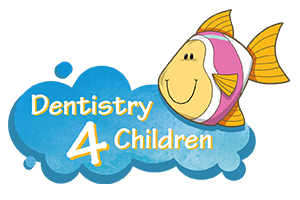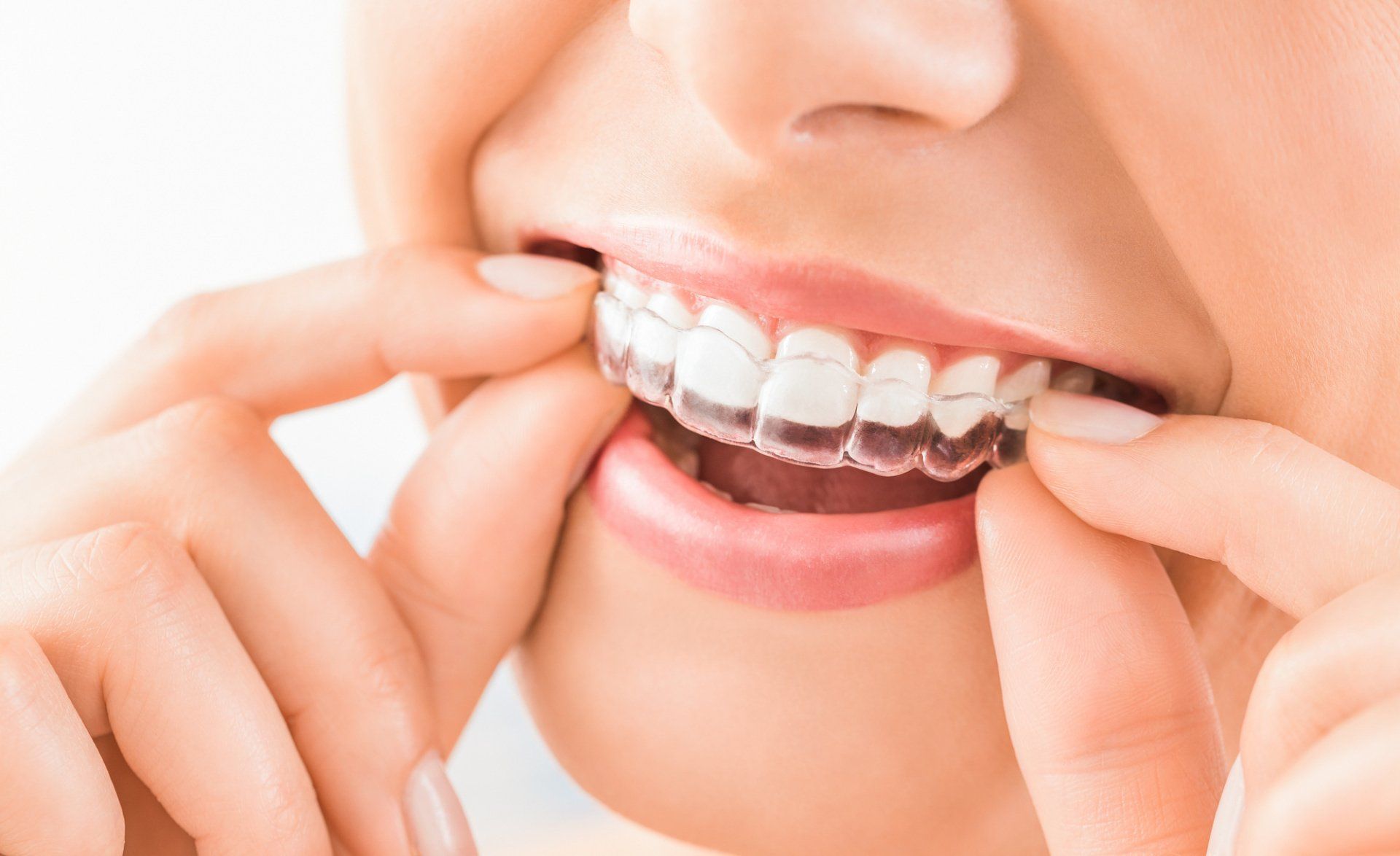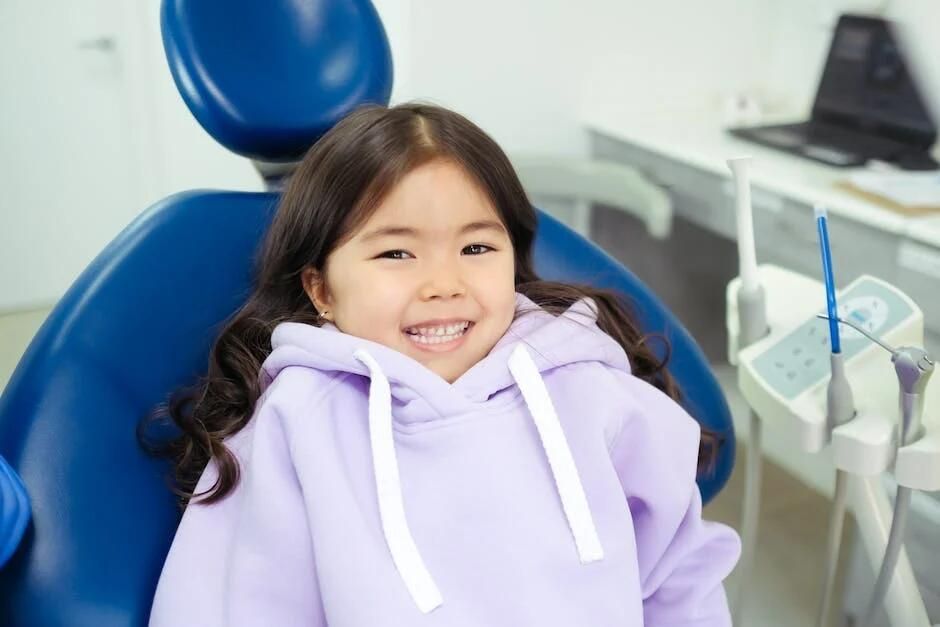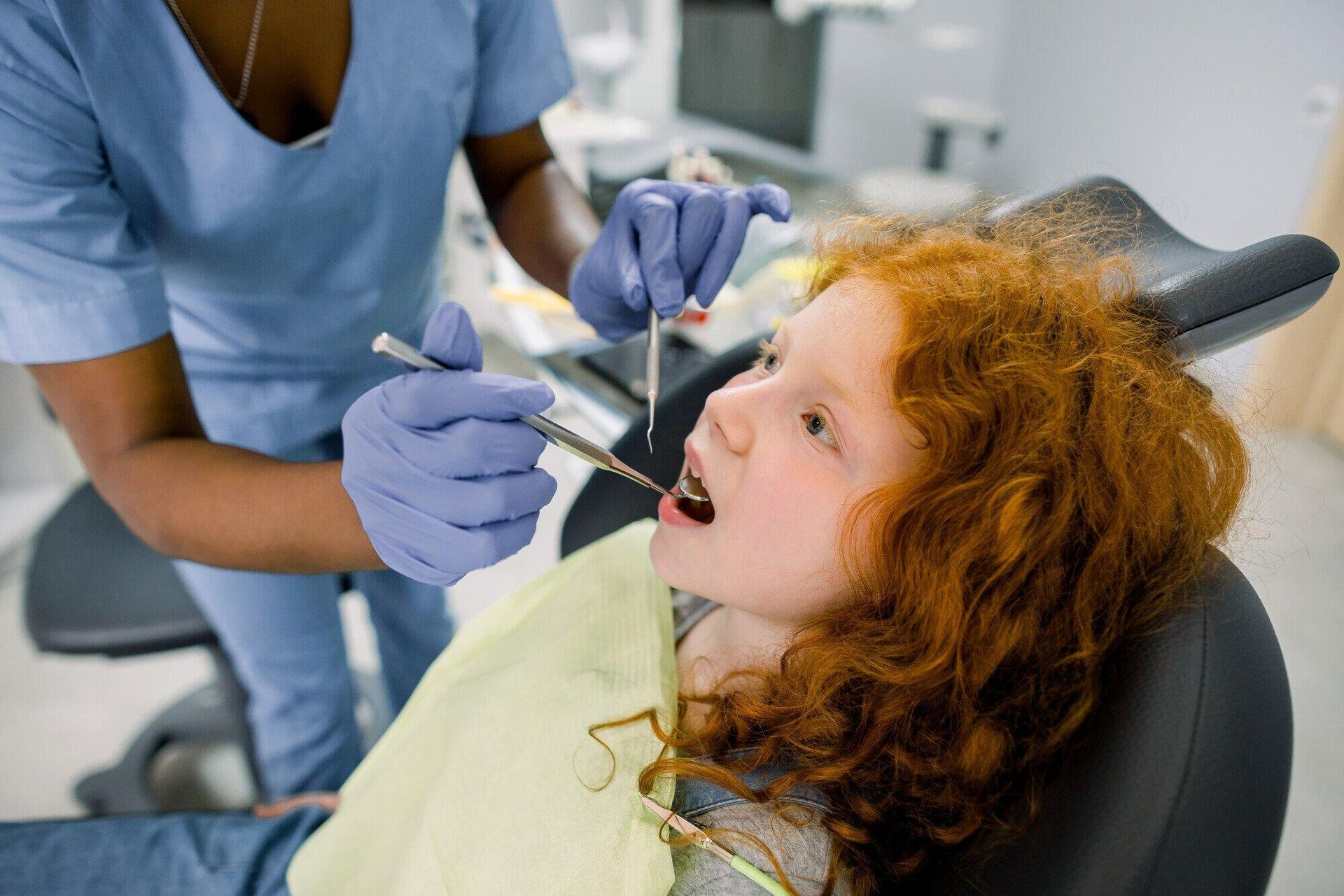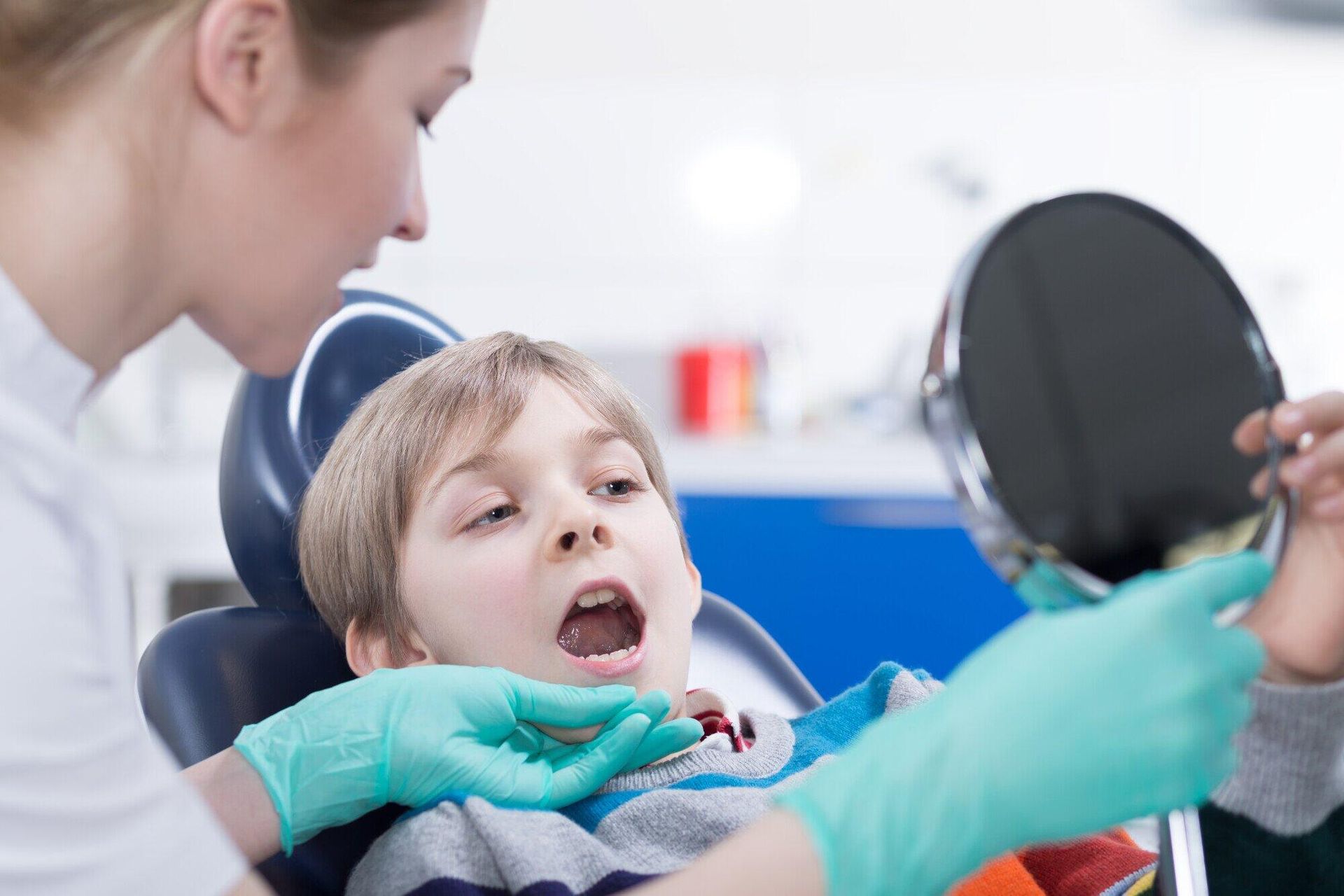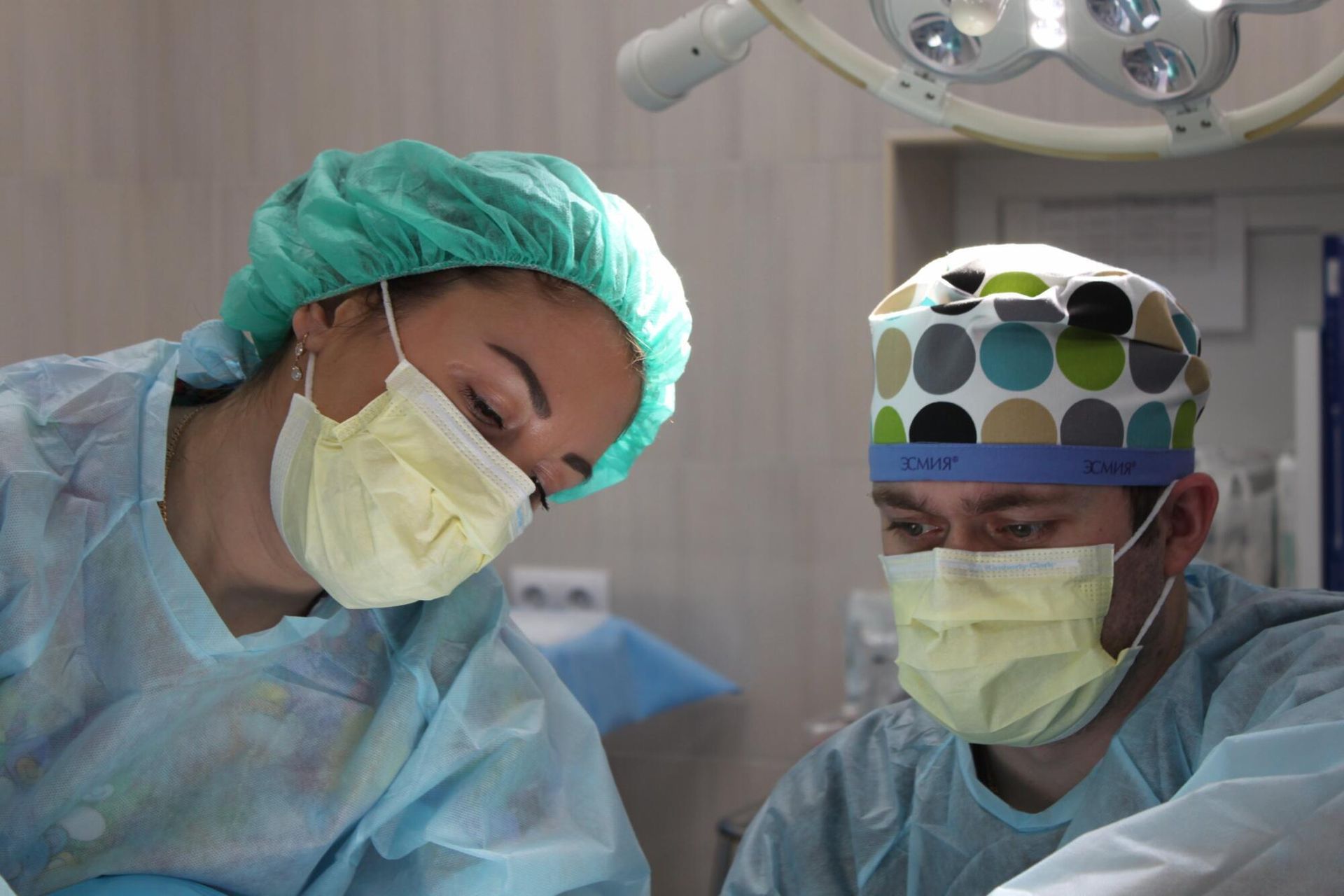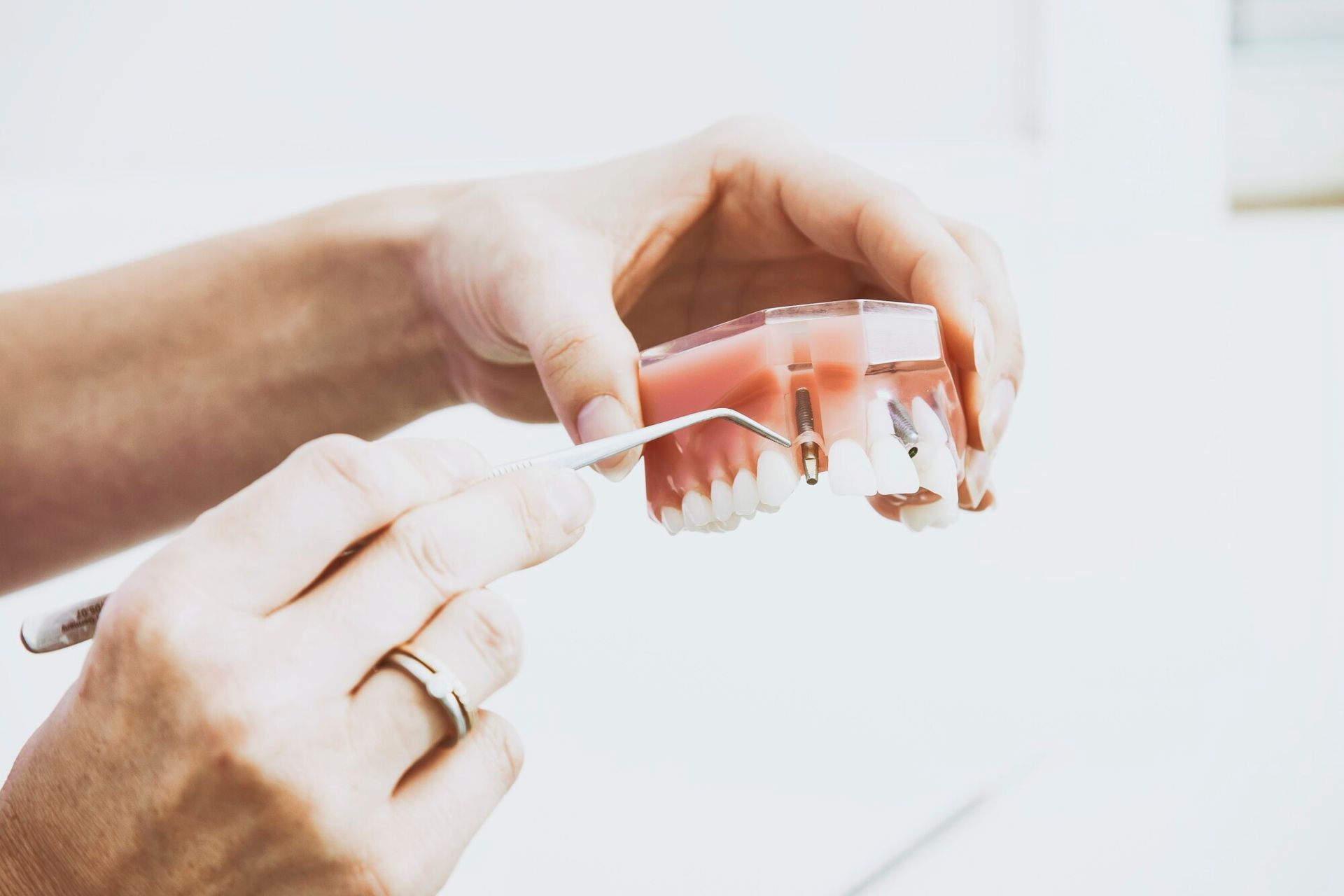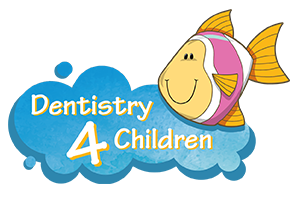Invisalign vs. Braces — Benefits Comparison
People of all ages, even into their senior years, elect to get braces to straighten their teeth. In recent years, different types of braces have become available, so there are a variety of options for achieving straight teeth with an Orthodontist in Friendswood, TX.
Two of the most popular choices are Invisalign and braces. But when it comes to Invisalign vs Braces, what is the right choice for you? What are the benefits and drawbacks of both?
In this article, you'll read more about Invisalign and braces with an Orthodontist Friendswood TX.
What Are Braces?
Traditional braces consist of brackets and wires. Each bracket bonds to each tooth held together with a metal wire. Your orthodontist adjusts these wires at your visits, which shifts the teeth into a straighter position.
Metal braces have been the choice for patients for many years. They're a tried and true method and you get results. Metal braces work for nearly every kind of dental misalignment.
What Is Invisalign?
Invisalign also works to straighten teeth, but there's no metal required. Invisalign uses clear plastic aligners to move teeth with gentle pressure. Because the aligners are clear plastic, they're almost unnoticeable.
In the past Invisalign could only treat specific cases. However, with advances in technology and the addition of attachments, many patients use Invisalign to treat dental problems like overbites, crowding, or gaps in their teeth.
Invisalign vs Braces Pros and Cons
Both Invisalign and braces have their pros and cons. Knowing these helps you make your decision about which
orthodontic treatment is right for you. Here are some pros and cons of braces.
Pros and Cons of Braces
Metal braces have a strong history of working well. This is why they're offered at nearly all orthodontics offices including your Orthodontist in Friendswood TX. With metal braces, you won't have to wonder if your treatment will work.
There are actually different kinds of braces. If you're not a fan of metal, you can choose ceramic braces which are somewhat less noticeable and more comfortable than metal. Lingual braces, or inside braces, work to correct your smile but they're bonded to the back of your teeth instead of the front.
If you have a complicated or severe case, braces can typically take care of it. There's rarely a case that traditional braces can't fix.
Both children and adults are eligible for braces. While you may need to help children brush and care for their teeth with braces, in some cases, braces for children are the preferred method. Braces stay on your teeth so there's no fear of losing them.
Braces can look great. Your orthodontist may provide different colors for your brackets so you can express yourself.
Even though there are great reasons to choose braces, there are some drawbacks to be aware of.
Metal brackets can rub up against the inside of your cheek and cause irritation. Your orthodontist may give you some wax to cover up these areas for comfort.
You will need to be cautious about food choices. Hard or sticky foods like certain candy or popcorn may lodge in between your brackets causing tooth problems. You may also break a bracket and need an impromptu trip to the orthodontist.
Depending on your case, you may have to wear braces for a long period of time, sometimes over two years.
Pros and Cons of Invisalign
Metal braces can be a wonderful choice to straighten your teeth, especially if you have a complicated case. However, Invisalign is another choice as well. Here are some pros and cons of Invisalign.
Invisalign aligners are removable. Unlike traditional braces, they're not bonded to your teeth, so you can remove them for activities like eating, drinking, or brushing your teeth. Because of this, you can maintain good oral hygiene throughout your treatment.
The typical timeline for Invisalign treatment is between six months to two years, but this depends largely on your case.
Invisalign can be more comfortable because there are no brackets or wires rubbing up against your cheek. There may be some slight discomfort when you get your new aligners, but it should subside after a few weeks.
Because Invisalign is removable there are no real food restrictions. You can eat whatever you want but brush your teeth afterward to avoid bacteria buildup.
For adults and teenagers, the upside to Invisalign is transparency. Many adults and teenagers wish to keep their dental treatment less noticeable opt for Invisalign.
Even though Invisalign seems like a perfect choice for many people, it also has some cons as well.
Responsibility is the key to success with Invisalign. You must wear your aligners 22 hours per day, clean them well to diminish bacteria, and keep them safe in a tray when they're not in use. This is why children do better with braces because they're not quite responsible enough.
Even with all the advancements for Invisalign, there are still cases in which traditional braces work best. Your orthodontist in Friendswood TX can discuss this with you.
Invisalign vs Braces Cost
Even though there are pros and cons of both Invisalign and braces, one determining factor is cost. Which dental treatment costs more, Invisalign or braces?
Generally speaking, Invisalign costs slightly more, but it really depends on the case. If you have a severe case that needs more time, that factors into the cost as well. Your orthodontist in Friendswood TX can give you the best estimate and work out payment plans with you.
Invisalign vs Braces With an Orthodontist Friendswood, TX
When it comes to Invisalign vs braces, there's much debate. But the deciding factor is which one works best for your specific situation. Your Orthodontist in Friendswood TX can determine if Invisalign or braces will give you the smile you're looking for.
Are you ready to begin your orthodontic treatment? Contact our Orthodontist in Friendswood, TX to get your first appointment scheduled.
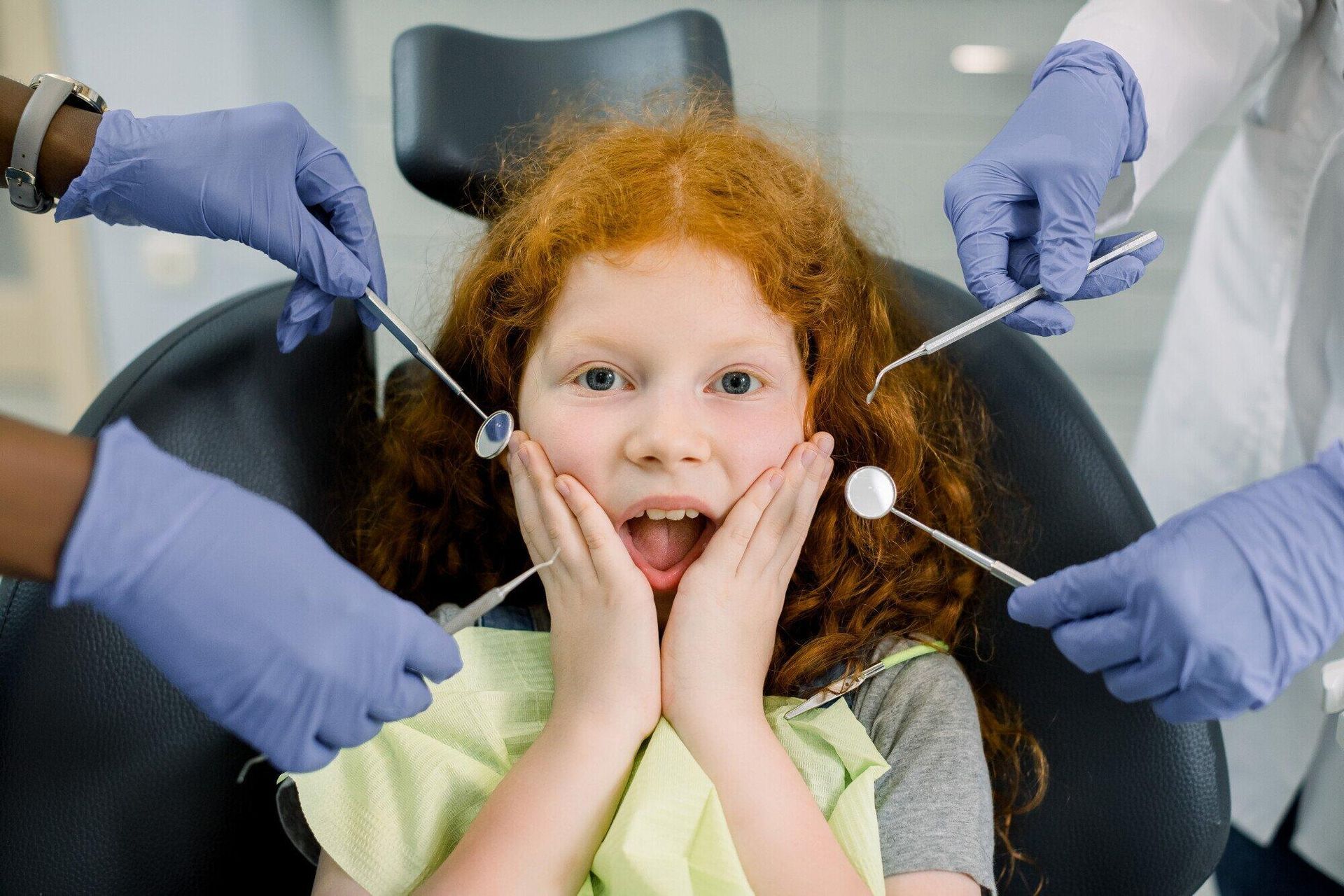
For Kids
For Adults
All Rights Reserved | Dentistry 4 Children | Bay Area Dental Specialists
Website designed and maintained by Xpress, INC
